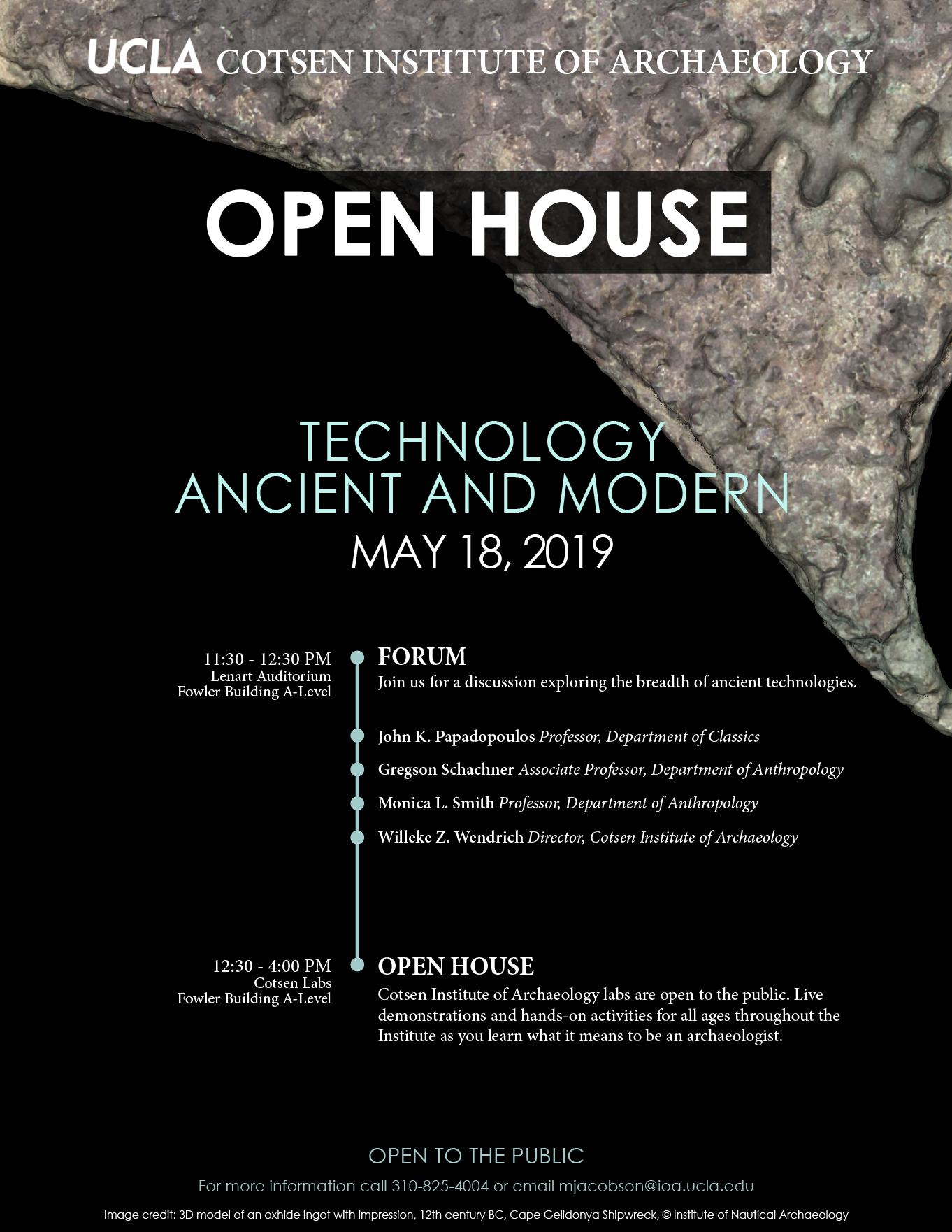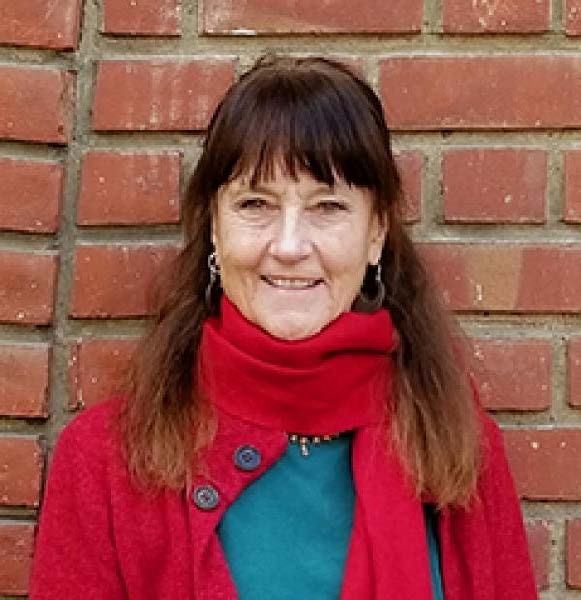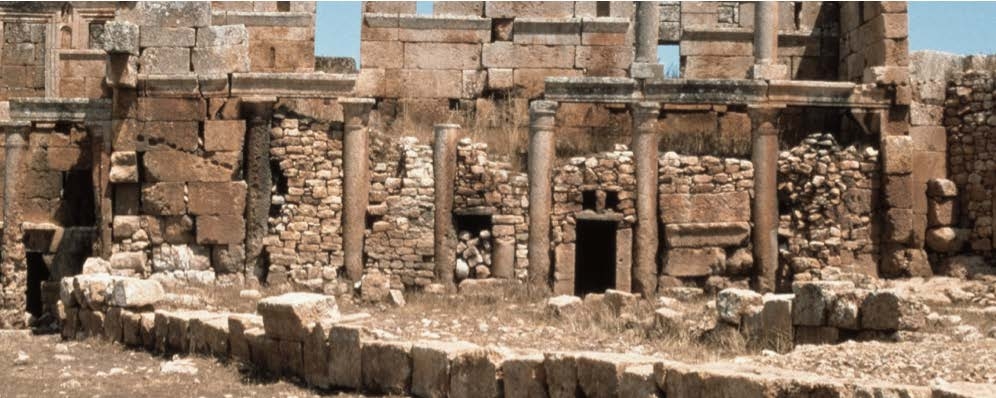Past Events
Interested in Cotsen events? Sign up for our mailing list.The Annual Cotsen Institute of Archaeology Open House will take place on
May 18, 2019 from 11:30 to 4:00pm
with the theme
Technology: Ancient and Modern
Explore the breadth of ancient technologies through a mosaic of talks by Drs. John K. Papadopoulos, Gregson Schachner, Monica L. Smith, and Willeke Wendrich. Then visit the labs within the Cotsen to learn more and see these technologies up close!

Contact Michelle Jacobson
Email mjacobson@ioa.ucla.edu
Phone

Speaker:
Christine A. Hastorf
University of California, Berkeley
Abstract:
Plants have been the most common non-human set of species that people have engaged with over human existence. While most people speak of domesticating plants, they too have domesticated us. They have formed intimate relations with us, having convinced our ancestors to settle down and care for them. At times they have become kin, moving in with us and sustaining us, like a good grandmother. How can we see these intimate relationships with plants in the past, given that they are often scarce in archaeological sites? By thinking about plants in more social ways we can begin to get closer to people’s choices, values and engagements with plants as we accept that this has been an intimate relationship since the before the palaeolithic times.
Bio:

Christine Hastorf is a professor of Anthropology at the University of California Berkeley. She is a leading scholar in the field of paleoethnobotany. She is currently the director of the McCown UC Berkeley archaeobotany laboratory and the Archaeology Research Facility at UC. Berkeley. As archaeologist, she led archaeological work in the Andean region of South America since 1980 with focus on plantpeople relationship. Her published books include Agriculture and the Onset of political inequality before the Inka; Empire and domestic economy; Heads of State: Icons, Power, and Politics in the Ancient and Modern Andes. Her most recent book is the Social Archaeology of Food:Thinking of food in Prehistory.
Contact Sumiji Takahashi
Email sutakahashi@ioa.ucla.edu
Phone 310-825-4169

Speaker:
Dr. Ann Marie Yasin
Associate Professor of Art History and Classics
USC
Contact Sumiji Takahashi
Email sutakahashi@ioa.ucla.edu
Phone 310-825-4169
Speaker and Bio:
Elizabeth Brite is a clinical assistant professor in the Honors College, Purdue University. She is also co-director of the Khorezm Ancient Agriculture Project in Karakalpakstan, Uzbekistan. Dr. Brite received her Ph.D. in Anthropology from UCLA in 2011.
Abstract:
This talk explores the recent proliferation of studies on the plant-people relationship in ancient Central Asia. Over the last 25 years, signifi cant data sets of ancient plant remains and other dietary indicators have emerged from major and minor archaeological sites across the region. Many of the studies that have produced these data pursue a wide-ranging picture of the transmission of domesticated plants across cultures and emphasize the role of the Silk Road in shaping food globalization in prehistory. Contrasting these are other studies that examine the local, embedded, and indigenous facets of ancient plant usage and domestication within Central Asia itself. Both perspectives capture fascinating aspects of ancient human-environment dynamics in Central Asia using novel approaches. They also mirror contemporary discourse about globalization and its implications for human societies. This talk will explore these bodies of emerging scholarship and present information on new research in Central Asia aimed at addressing some of the recent trends.
Contact Sumiji Takahashi
Email sutakahashi@ioa.ucla.edu
Phone 310-825-4169
Speaker:
Dr. Stella Nair
Associate Professor
UCLA, Dept of Art History
Contact Sumiji Takahashi
Email sutakahashi@ioa.ucla.edu
Phone 310-825-4169
William B. Trousdale is Curator Emeritus at the Smithsonian Institution and Principal Investigator of the Helmand Sistan Project. Trousdale served both at the National Museum of Natural History and at the Freer Gallery in his 35 year career in archaeology.
Mitchell Allen is a Research Associate at the Smithsonian and the Archaeological Research Facility at UC Berkeley, founded two archaeology-focused publishing houses, AltaMira Press and Left Coast Press, in a 40 year scholarly publishing career.
Abstract:
This presentation will off er a brief overview of the Helmand Sistan Project (HSP), the only multidisciplinary, long-term, comprehensive survey and excavation project ever conducted in the southwest corner of Afghanistan. In the field in the 1970s and sponsored jointly by the Smithsonian and the government of Afghanistan, HSP identified almost 200 sites in the Sistan region-- and excavated 12 of them-- to establish the fi rst cultural history of the region from the Bronze Age to the present, one that has not been superseded because of four decades of subsequent political and military conflict. With publication of this legacy project now underway, we report on a few highlights of the 5000 year history of the region, including a previously unknown early Iron Age culture and a pristine archaeological landscape from the 15th century CE.
Contact Sumiji Takahashi
Email sutakahashi@ioa.ucla.edu
Phone 310-825-4169
Please join the Y&S Nazarian Center for Israel Studies in “The Dig,”. This award-winning one-woman play, accompanied by live music written and performed by Yuval Ron, follows an American archeologist's journey to discover the truth about an artifact in Israel that could have transformational implications for Israel, the Middle East and the world.
To RSVP, visit https://www.international.ucla.edu/israel/event/13721.
Contact Sumiji Takahashi
Email sutakahashi@ioa.ucla.edu
Phone 310-825-4169
Ahmanson lecturer, Professor Filomena Limão of the Universidade Nova de Lisboa, will give her talk, “The Late Roman Villa of Santiago da Guarda (Ansião,Portugal): Architecture and Mosaics in a living palimpsest”, Sunday April 28th 2019, at 2PM in the Fowler Museum, Room A222 at UCLA.
Contact
Phone
Alexander Ahrens is a Senior Researcher with the Damascus Branch, Orient Department of the German Archaeological Institute. Currently, he is a Visiting Scholar at the Joukowsky Institute for Archaeology and the Ancient World at Brown University (as recipient of a 2019 AIA/DAI Study in the U.S. Fellowship). He holds a PhD in Near Eastern Archaeology from the University of Bern (Switzerland), and a MA in Near Eastern Archaeology and Egyptology from the University of Tübingen (Germany). Apart from his most recent project work in Jordan, he has actively participated in excavations at several sites in Syria, Lebanon, Egypt, and Turkey.

Title:
The Wadi Shuʿaib Archaeological Survey Project: First Results from Field Research 2016−2018
Abstract:
The Wadi Shuʿaib Archaeological Survey Project (WSAS) was initiated in 2016. The Wadi Shuʿaib Archaeological Survey Project (WSAS) concentrates on a thorough survey and reevaluation of all archaeological and historical sites in the Wadi Shuʿaib, ranging from the Neolithic Period to the Ottoman Period, starting from immediately south of the city of as-Salt down to the city of Shuna South (Shuna as-Janubiyyah) located at the mouth of the wadi in the Jordan Valley. As part of the survey project, since 2017 excavations are carried out at the site of Tell Bleibil (Tall Bulaybil), located at the mouth of the alluvial fan of the Wadi Shuʿaib in the southern Jordan Valley.
Contact Sumiji Takahashi
Email sutakahashi@ioa.ucla.edu
Phone 310-825-4169
Speaker:
Dr. Kathleen Lynch
University of Cincinnati
Abstract:
Athenian pottery was exported throughout the Mediterranean in the Classical Period. Perhaps surprisingly, it found eager consumers in the Persian Empire, or rather, in territory controlled by the Persians during the Greek Classical period. The presentation will consider what the imported Greek pottery meant in the context of the Achaemenid empire, with a special focus on Gordion in central Turkey. The former Phrygian capital turned Persian outpost is an anomaly with its abundant, high quality Athenian pottery. Typically Athenian pottery tends to be found in coastal settlements of the eastern Mediterranean, but Gordion is 500 km from any coast. What was the appeal of Athenian pottery?
Contact Sumiji Takahashi
Email sutakahashi@ioa.ucla.edu
Phone 310-825-4169
- ‹ previous
- 27 of 50
- next ›



